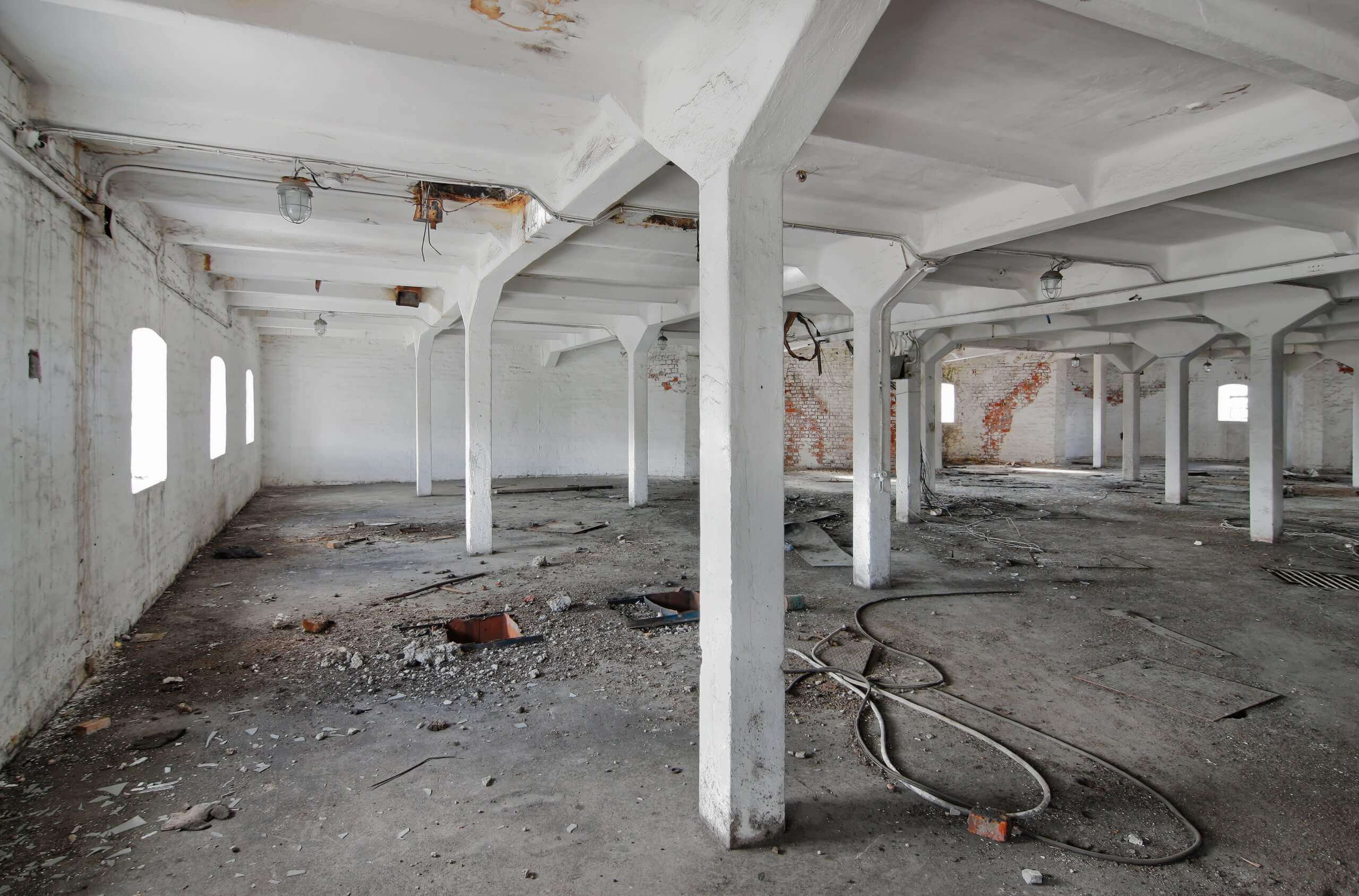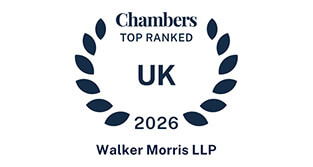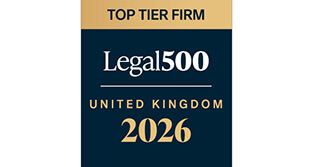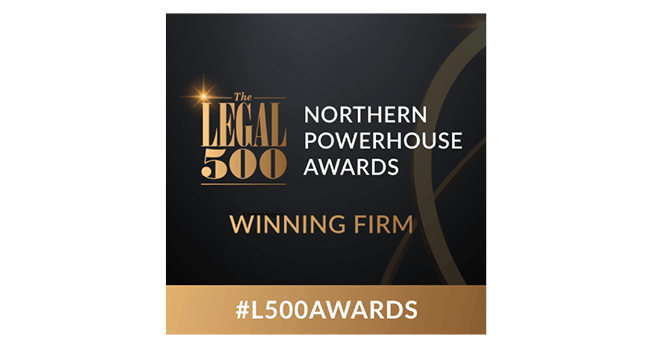TheStadiumBusiness Design & Development Summit: Key Takeaways
3rd January 2025
In December last year, Alex Jones (Director), Jonathan Coser (Associate), Georgina Blenkin (Associate) and Tom Ramsden (Trainee Solicitor) from our Construction Team attended TheStadiumBusiness Design & Development Summit in Manchester.
The event itself gathered numerous professionals involved in the design, delivery, refurbishment and operation of sports and entertainment venues.
Following another hugely successful event and with an eye on 2025 and beyond, our team have pulled together some of the key takeaways from the event, with the hope of assisting key clients, sports clubs, consultants and developers on any future stadium developments.
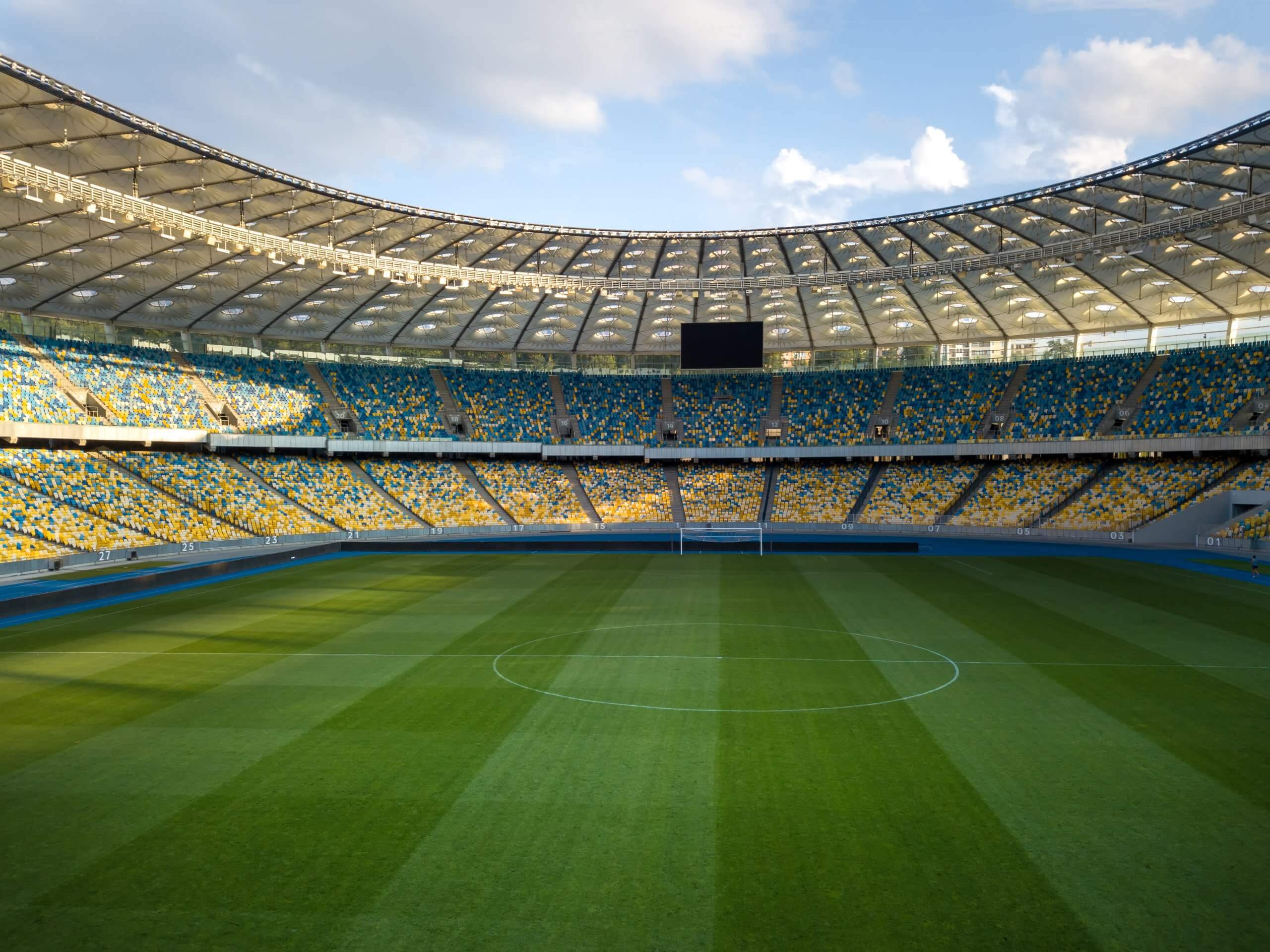
1: Transforming Stadium Usage – The 365 Day Approach
The current trend in large-scale British stadium developments is the ‘365 Day Approach’. Clubs in densely populated suburban areas such as Manchester City F.C. and Tottenham Hotspur F.C. are expanding their business model to maximise opportunity and revenue generation beyond their foundational platforms of sports events and matchday sales.
By example, Manchester City FC shared plans for the club’s £300m expansion of its Etihad Stadium and Campus development which will include year round facilities for retail, hospitality (food, drink and a 400-bed hotel complex), entertainment and leisure to realise its 365 ambition and universally cater to a range of budgets and social groups, not just its core football fanbase.
Clubs conducting construction projects with a lower budget in mind can still work towards this goal, but must be realistic with their priorities with expert discussion commenting on the importance for businesses walking before they run and beginning with the absolute necessities (such as capacity expansion and training ground developments) and building upwards from there.
However, whilst the 365 model will undoubtedly be a core developmental ambition for a number of clubs, it’s important to be realistic with knock-on effect pricing, where increasing stadium seating capacity creates a long list of further considerations (i.e. catering provisions, concourse walkway space, parking etc.).
2: Transforming Stadium Real Estate
Aligned with the 365-day approach, another key message delivered at the Summit was the benefit of bolstering the aesthetics of real estate surrounding stadiums and arenas.
Giving focus to the external space and environment around stadiums so that all social groups can utilise and enjoy it will create alternative opportunity for non-stadium interest, such as commercial office space whilst encouraging wider sustainability generally. Noting the potential economic advantages which could flow from application of the approach, experts on the discussion considered it could potentially generate US$1-3billion of revenue in the US economy.
Developing vibrant, community-centred environments around stadiums will clearly help to see the sports stadium become the economic engine for the surrounding community.
3: Carbon is King
Carbon usage has become increasingly important in stadium development, with sustainable development being a key factor in buildability, procurement and even securing appropriate funding.
Given its ever continuing prominence in the mind of public opinion, developers and contractors need to give serious thought to balancing the demands of project execution with ESG, green legislation, shareholders and venue users who are increasingly demanding more accountability.
Please see our previous article Green Goals: The sustainable future of football stadiums for more information or examples of this in practice.
4: Incorporating Top Level Technology and Architecture whilst Maintaining Fan Relationships, Club History and Adhering to Local Culture.
Sports fans must remain the central focus for any club developments.
With focus on Everton FC’s new Bramley-Moore stadium, discussion centred on the demands required to balance state of the art architecture (being built in and on Bramley-Moore dock) whilst emulating the fiery, cauldron-like energy of Goodison Park. Key to design success is keeping the fan at the forefront of the mind and ensuring continual engagement with the fanbase from inception and throughout.
The famous New AS Roma Stadium development similarly drives this approach forward with its “landmark for all Romans”. It aims to combine ancient roman architecture with cutting-edge technology with a view to improving fan connection with the club, attract tourist-based revenue and maintain club personality all whilst incorporating top quality modern technologies (lighting, video technology etc.).
Developers should not lose sight of the personality of a club and its fans and taking the time to listen may make the difference in constructing a roaring success.
5: The Importance of Appointing the Correct Expertise
Sports stadiums are not typical in their development, comprising of highly unique roofing models, distinctively large & dense human capacities and notable commercial challenges which may not exist in residential or other commercial projects.
Consultants, contractors and sub-contractors alike are best appointed based on experience and speciality, and this doesn’t stop at seeking the right legal advice.
At Walker Morris, we are experienced in navigating the complex contractual components of stadium developments against the innate commercial uncertainty that sports clubs face.





